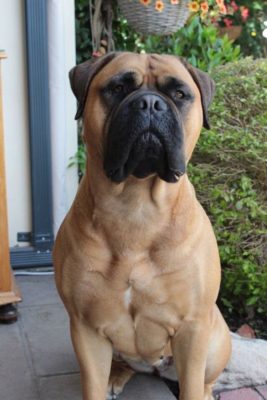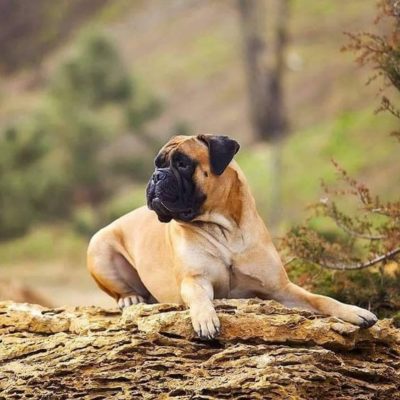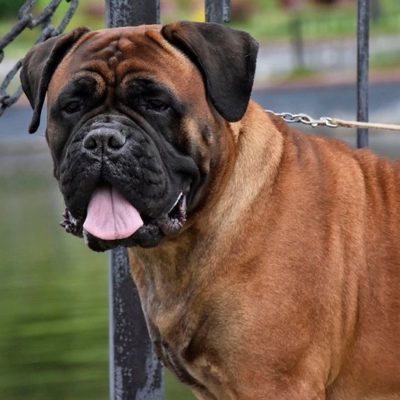Bullmastiff
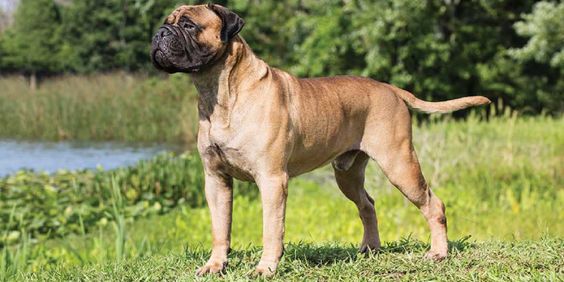
Bullmastiffs are great protectors and guards at home. They get along well with children, but they can accidentally hurt them because of their large size, so it is not recommended to leave them alone with babies. To strangers is wary, distrustful. Dogs are fearless and will always protect someone who needs it.
Table of Contents
Breed Information
| Another Name | – |
| Origin | United Kingdom |
| Height | Males 63.5-68.5 cm Females 61-66 cm |
| Weight | Males 49.9-59 kg Females 41-49.9 kg |
| Fur | Short, thick, and shiny, tightly fitting to the body |
| Color | Ginger, pale, or tiger |
| Lifespan | 8-10 years |
| FCI Classification | Pinscher and Schnauzer – Molossoid and Swiss Mountain and Cattledogs |
| Group | Watchdogs, protection dogs, guard dogs, dogs for children |
| Price | $500-5000 |
Breed Photos
Origin History
The Bullmastiff is a cross between the English Mastiff and the English Bulldog. The breed appeared relatively recently – in the 19th century, as sources indicate – in 1860.
The main criteria for creating the Bullmastiff were the large, muscular size of the dog combined with fast running. After all, the purpose of their breeding was to protect farms from poachers. When Bullmastiffs spotted poachers, they would catch them, do no harm, and guard them while waiting for their owner.
In 1933 the breed was officially recognized as a separate breed. Sometimes the dog was called “the night ranger’s helper”. Now the Bullmastiff is a pet that lives well in happy families.
Appearance
The appearance of the dog arouses fear and respect. Bullmastiffs are large, strong, with a muscular body and a large, creased head.
The physique is broad and robust. Males can grow from 63,5 to 68,5 cm and weigh from 50 to 59 kg. Bitches can increase from 61 to 66 cm and weigh 41 to 50 kg.
Bullmastiffs’ fur is short, shiny, and fits tightly over the body. There is a black mask on the muzzle. It can be red, pale, and tiger colored; it can have small spots of white on the chest.
Character
Bullmastiffs are great protectors and guards at home. They get along well with children, but they can accidentally hurt them because of their large size, so it is not recommended to leave them alone with babies.
To strangers is wary, distrustful. Dogs are fearless and will always protect someone who needs it. However, they rarely use an attack to defend themselves; more often, the Bullmastiff will shield with its body what protects it from the source of danger. However, the important thing for them is to protect people, not items.
Bullmastiffs are very trusting of the family they are in and demand love and affection from them. Therefore, do not think that this is a fighting dog that does not need to be stroked and praised. The Bullmastiff is a real gentle dog. Can easily share territory with other animals that live nearby, even cats.
Care
Bullmastiffs need to be around people from an early age and get used to unfamiliar faces. Early socialization is essential. The dog should always be walked, socialized, and taught.
A dog’s coat does not require much care. It is enough to comb it regularly, wash well between the folds so that there is no dirt accumulated there.
A great advantage in grooming is that this breed hardly ever sheds, with no extra hassle. Check paw pads regularly for cracks and soreness.
Bullmastiffs don’t like to run, walk or play much. Their best pastime is to lie down and do nothing. However, this can contribute to the dog becoming overweight. Therefore, always try to get a few hours a day of activity with your pet.
Training
This dog is not suitable for insecure people because it requires a robust and authoritative owner, whom it will obey. Training should be calm, comfortable, but also persistent. Please don’t give them time to be sly or manipulative, as they are masters at this.
Socialization and training of a Bullmastiff should continue throughout life because their behavior is somewhat similar to that of a teenager: they are always looking for adventure. They want to try things you can’t.
The Bullmastiff may be slow to follow commands, take a long time to think, and carefully study everything around him before he begins to learn. They are not fast at remembering actions.
Common Diseases
Bullmastiffs are prone to overeating, so you need to monitor the pet’s diet closely and, if possible, adhere to a special diet.
Hip dysplasia, arthritis can be observed.
Nutrition
Nutrition should be balanced and complete. It is most often recommended to feed quality, expensive food and observe the norms for the amount of food. The dog should always have a separate bowl with clean water.
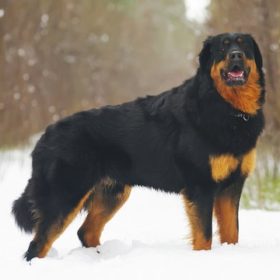 Buryat-Mongolian Wolfhound
Buryat-Mongolian Wolfhound Halden Hound
Halden Hound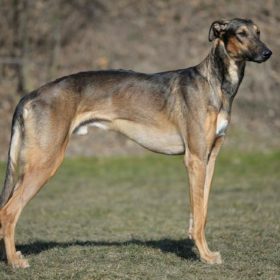 Chortai
Chortai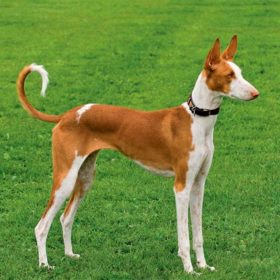 Podenco Canario
Podenco Canario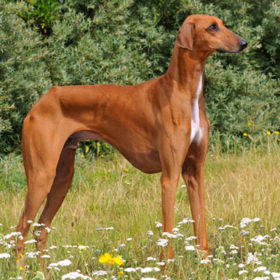 Azawakh
Azawakh Bolonka
Bolonka